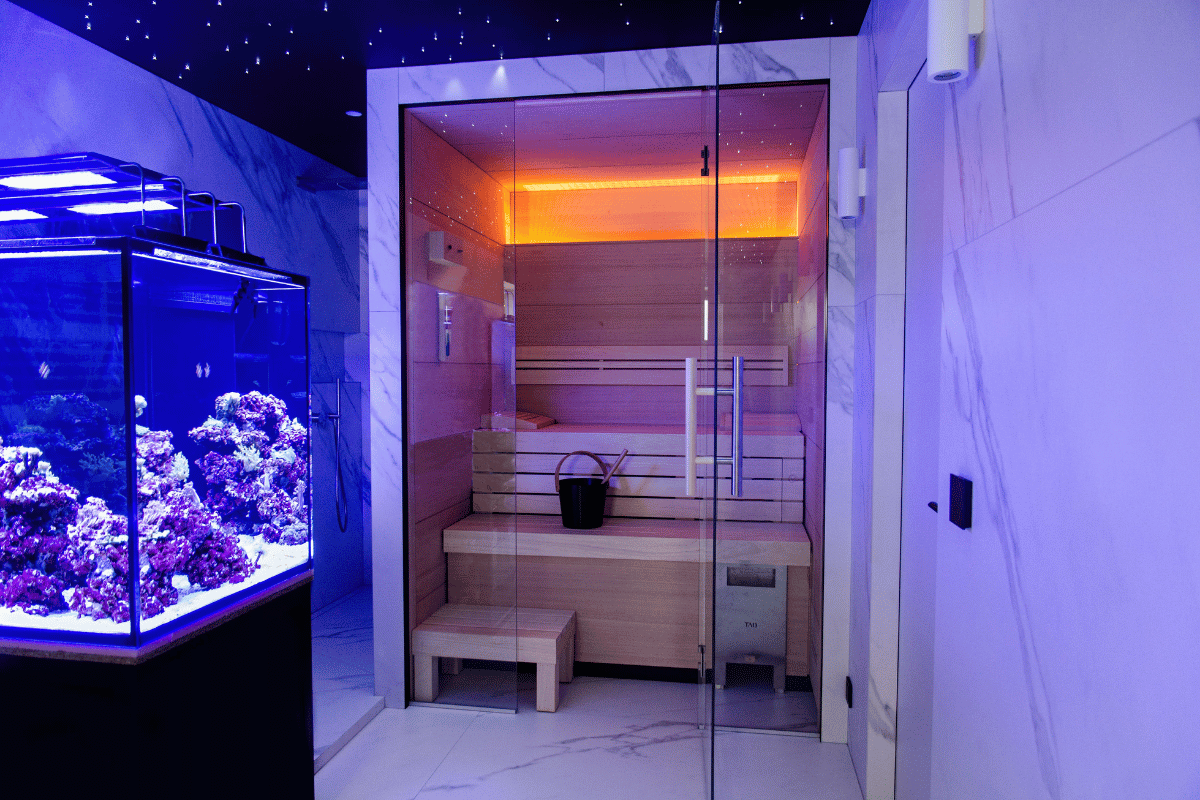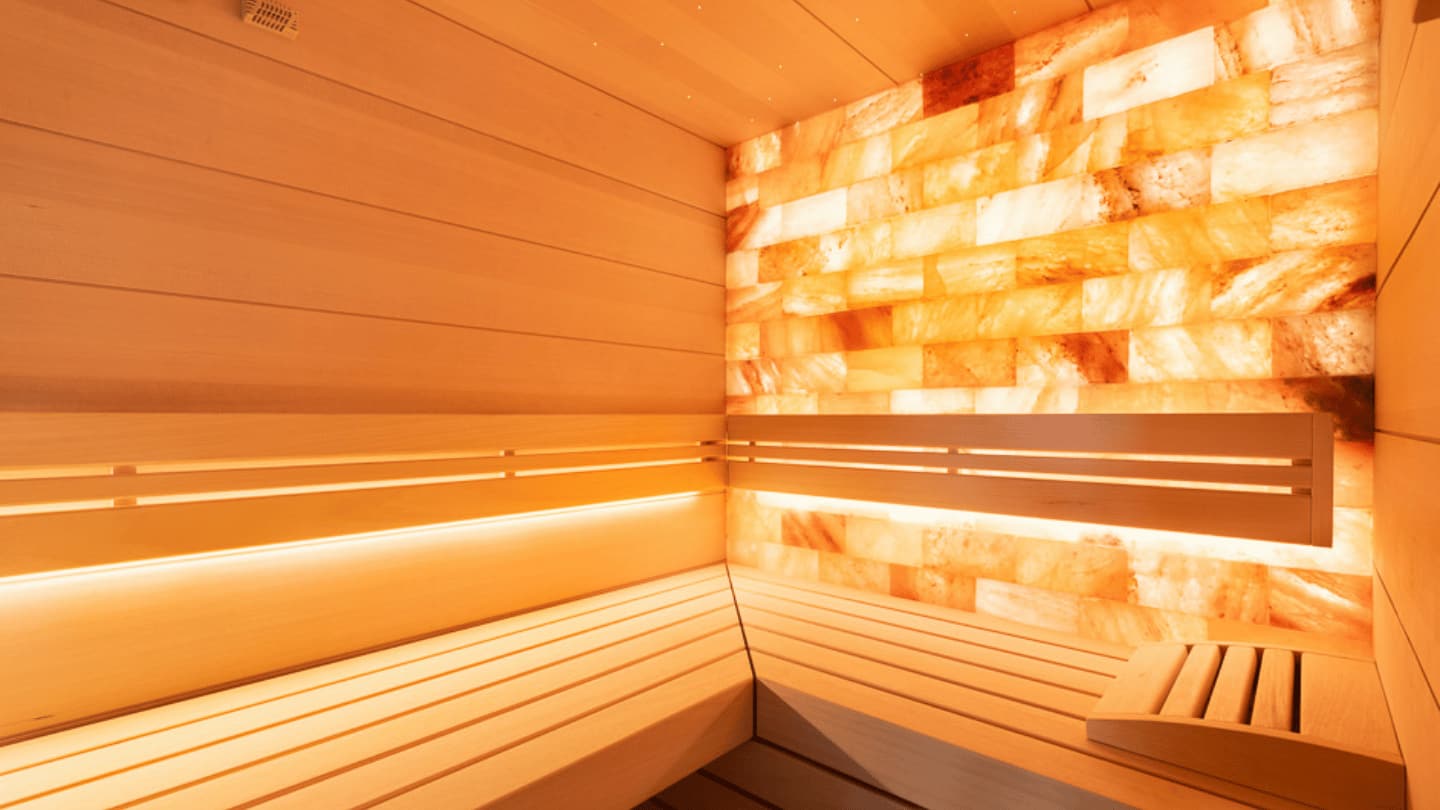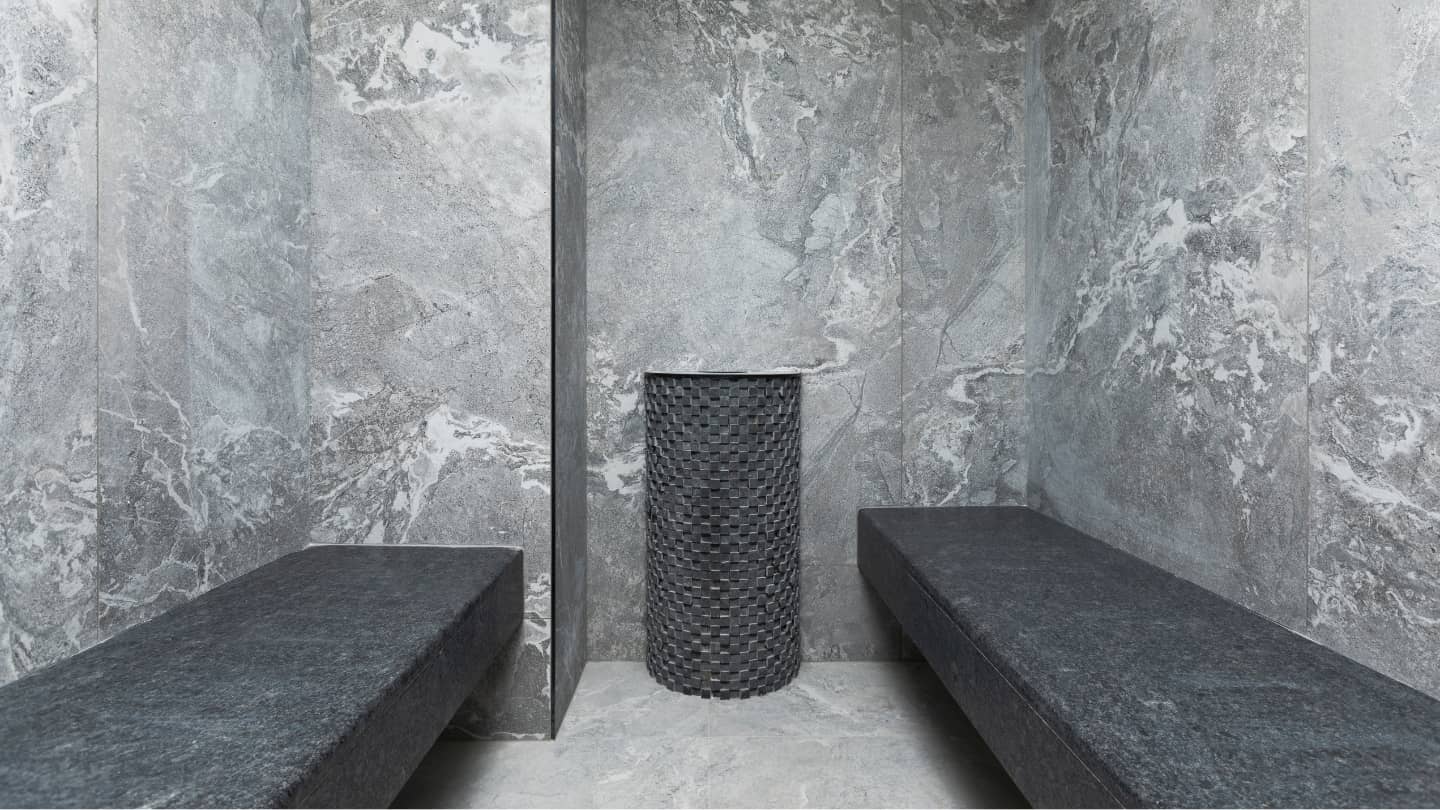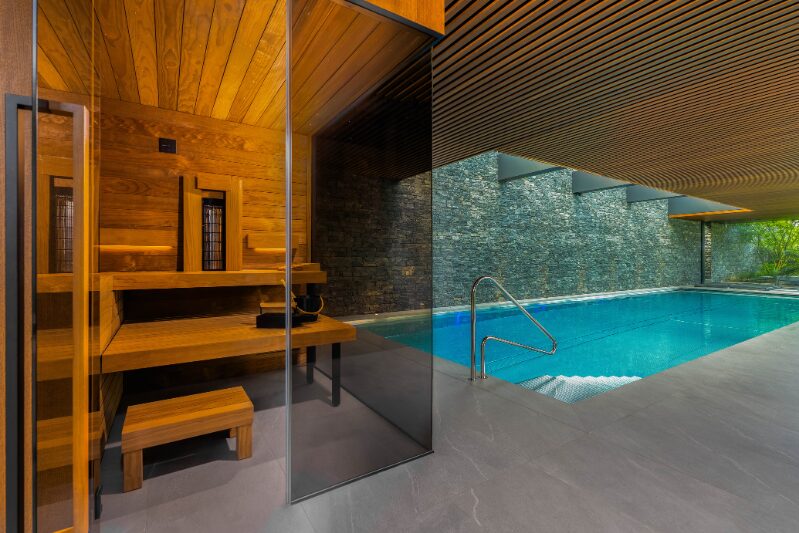What direction will commercial wellness design take in 2025?
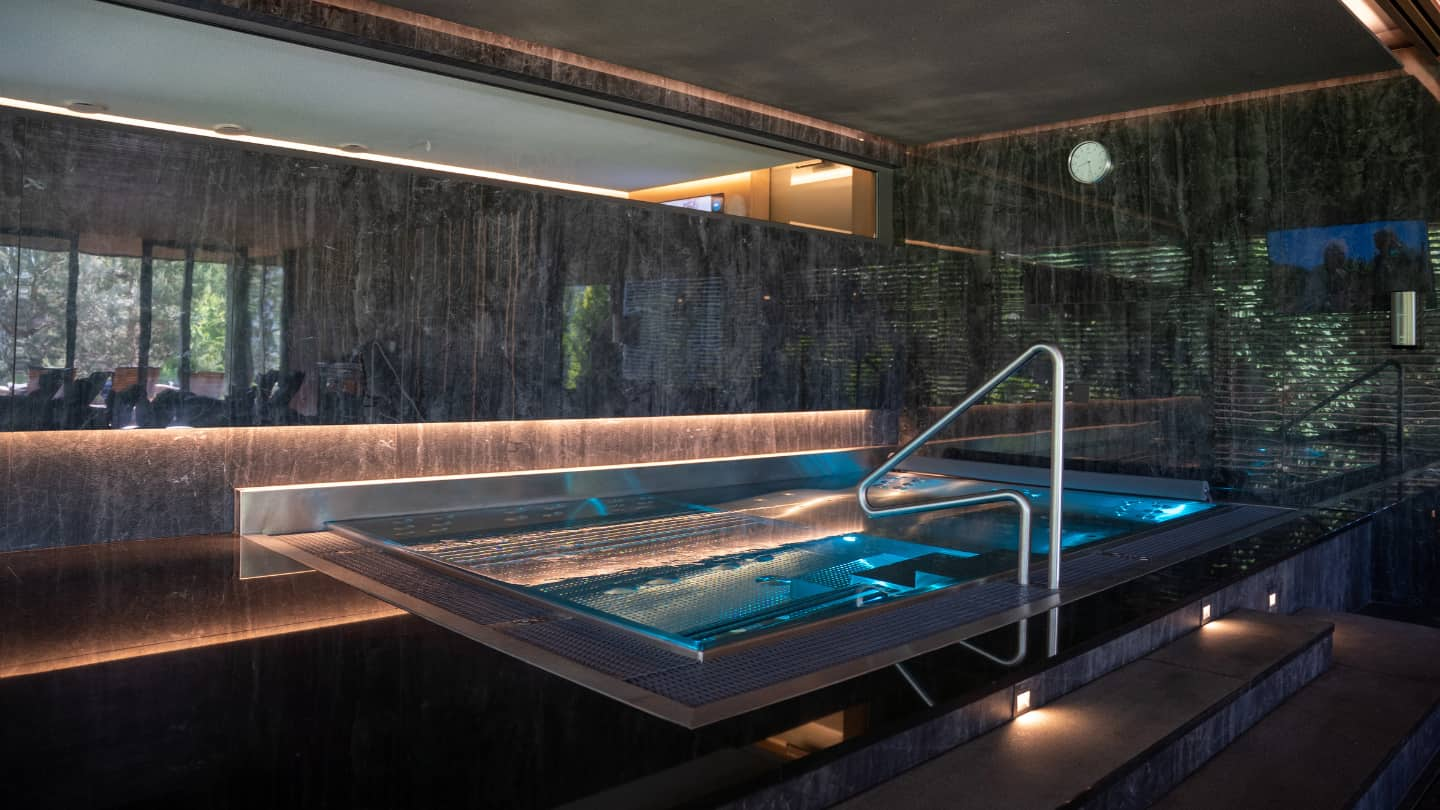
Hoteliers, developers, architects and the general public are increasingly interested in wellness and want to enjoy their time in this environment to the full. This idea is influencing current trends.
Sustainable materials in practice
Sustainability has been a hot topic for a number of years. But it is only now that companies are beginning to systematically introduce innovations directly into their operations. This includes sustainable materials and finishes. At the same time, the production of products made from eco-friendly materials is increasing, which not only help protect the environment, but also have health benefits. These materials minimise noise, contain a minimum of toxic volatile substances and have low emissions. Today’s demanding customers are demanding these standards.
Examples of natural materials include clay-based plasters – natural, non-toxic, low VOC emissions, with no synthetic, concrete or lime additives. They also include recycled plasters made from wood chips, environmentally friendly paints with low VOC content, cork flooring or textiles and carpets made from natural flax fibres.
Wellness lighting in harmony with nature
The role of lighting in wellness is still much debated. But architects are clear – the right lighting is a key element that can significantly enhance the quality of a hotel spa. The closer we get to natural lighting conditions, the better the result. Lighting can create a unique experiential atmosphere and evoke a sense of luxury. It can also play an important role in harmonising the body with natural biorhythms.
Light is increasingly becoming a design tool that can influence not only the aesthetics of a space, but also its functionality. The key, however, is to make lighting as automated as possible. Automation allows lighting to adapt to the natural biorhythms of people and nature, for the optimum effect on the well-being and health of visitors. Thanks to new technologies, visitors are able to shape the light at certain times or in certain rooms, both in terms of colour and quantity.
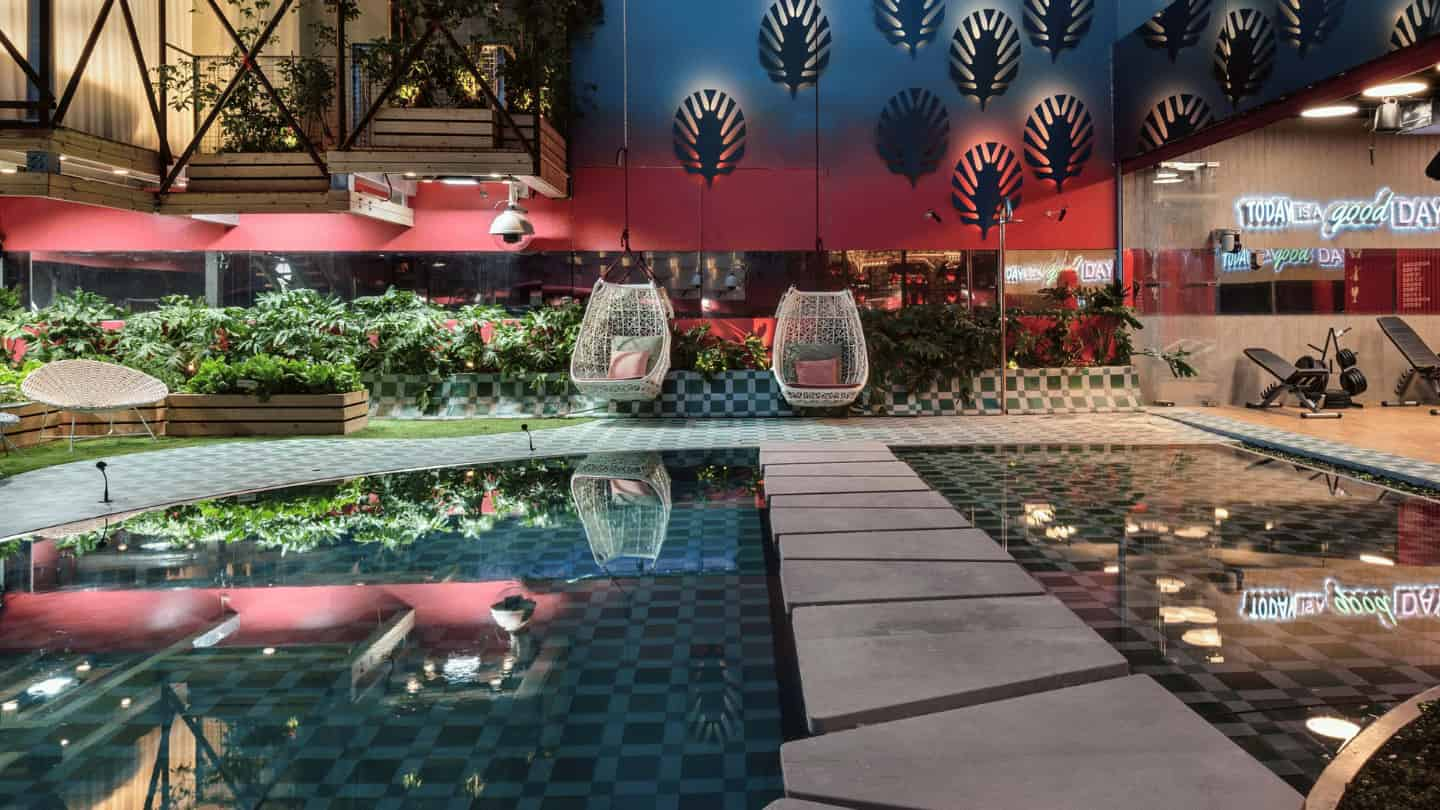
Technology and innovation with virtual reality
Advances in technology make it possible to install video with projected images on any wall. Combined with hot tubs, yoga studios, swimming pools or relaxation areas, a unique environment can be created. In addition, virtual reality can stimulate three of the five senses in a spa – sight (visual effects), sound (music) and smell (essential oils).
Combine virtual reality with tactile treatments such as footbaths or hand massages, and add coconut water to stimulate taste, and you have a complete sensory experience.
When hotels or spas choose to locate their facilities in nature, architects often take advantage of panoramic views of the treetops. A similar effect can be created indoors, for example by simulating the sound of a waterfall or installing a starry sky in the sauna or other parts of the spa.
Modern spas also use oxygen therapy or cryotherapy equipment. Careful planning is always the key to creating a harmonious environment that gives visitors the most intense experience possible. Many people seek refuge in wellness from the hectic world of technology and information.
Are you interested in the latest trends in wellness and thinking about creating a designer and luxury spa for your project? Read more about wellness design and planning.
